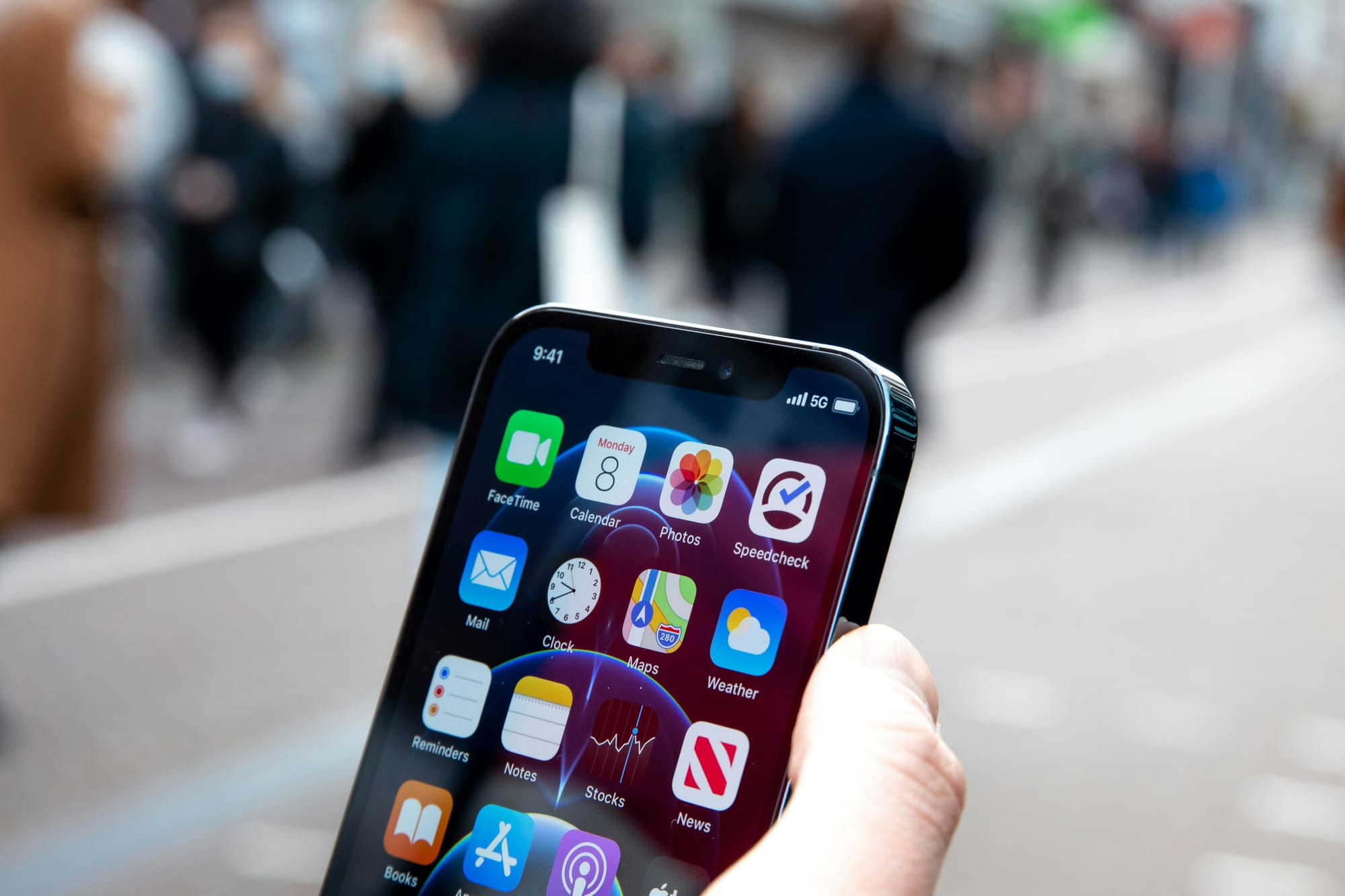Harnessing Mobile Data for Financial Access
~3 min read

“Data only becomes valuable when it is organized and put to work.” – Hillary Clinton
Lacking a financial paper trail, the global unbanked are often unable to build traditional credit histories, excluding them from an array of essential financial services. However, as many of these same populations gain increased access to mobile phones, this may be changing. Harnessing mobile usage data, pioneering companies have devised alternate means to gauge creditworthiness of the underserved, though accessibility and privacy remain significant concerns.
In an era of “big data,” mobile service providers can log almost every interaction between customers and their mobile devices, producing reams of data gathered from diverse sources. For individuals with access to mobile phones, but no formal bank accounts, this non-traditional data can be creatively leveraged to assess willingness and ability to repay loans.
Calling and texting records, for instance, can generate a rich set of individual data, from the time and location of each call, to the type of information requested via text messaging.[1] Data gathered from mobile payment transactions can further enrich data sets, providing information regarding bill payments, mobile purchases and remittance patterns; all of which can serve as proxies for traditional financial records and bolster an individual’s credit profile. In countries where governments use mobile channels to disburse wages or social welfare payments, available mobile transaction data is particularly robust.
As mobile phone access continues to permeate even the most rural communities, beyond the reach of formal bank branches, the mobile data net can be cast across an increasingly broad population. In Sub-Saharan Africa, for instance, 57 percent of adults have mobile devices, [2] of which about 7 percent are smartphones.[3] By 2014, the percentage of those with smartphones is expected to double, as smartphone developers vie to produce cheaper, Android-enabled devices for the low-income market.[4]
Even for those still using feature phones (the vast majority in many developing markets), access to smartphone features is on the rise, contributing to a richer mobile data set. Innovations in SMS technology, for example, may soon enable low-end phones to display bitmap images, opening up traditionally smartphone-only applications to the world’s poorest.[5] Social media giants like Facebook [6] and MXit [7] have also developed applications catering to simple phones, making social media applications more widely accessible to smartphone-less populations.
Collectively, this massive vault of mobile data forms what a recent CGAP blog post has referred to as a “digital footprint.” If effectively managed, this data has the potential to revolutionize financial services for the unbanked. According to the blog, “basic cell phone usage data may be the only source of information on a vast section of low-income populations that is both electronic and available in aggregate form.”[[8]](http://technology.cgap.org/2012/07/17/can-digital-footprints-lead-to-greater-financial-access/?utm_source=feedburner&utm_medium=feed&utm_campaign=Feed:+cgaptechnology+(CGAP+Technology+Blog)
The proliferation of mobile data, and its electronic nature, thus presents a significant opportunity for public and private sector innovators, who have already begun to develop tools and systems to organize, aggregate and visualize the rapidly growing streams of data. Lenders can then use the consolidated data to manage their own risk, while providing a valuable service to otherwise excluded populations.
Although mobile usage data presents an opportunity for mobile innovators and underserved populations, accessibility and privacy issues remain significant obstacles. In many cases, mobile data is privately owned by telecommunications companies that either do not want, or are not allowed, to share it – out of concern for the privacy of their customers.[9] In Kenya, for example, the Communications Commission of Kenya prohibits the distribution of telecommunications data, and banking regulators have no authority over MNOs or mobile payment providers.[10]
However, even where telecommunications data can legally be shared, and telcos are willing to do so, privacy concerns prevail. Data drawn from mobile usage, left unregulated, could be as dangerous as it is helpful for unbanked populations. Companies handling this data must therefore ensure that it is carefully protected – shared with the right people and kept safe from hackers, fraudsters, or those looking to exploit underserved communities. According to a recent CGAP briefing, data privacy laws are not well developed in most developing countries and, “unless there are adequate protections in place, poor people’s data may get commercialized without their consent or knowledge.”[11]
With mobile usage continuing to grow exponentially, particularly in the developing world, the use of MNO data for credit scoring clearly has the potential to democratize financial access. However, as the field continues to evolve, it is critical that industry stakeholders develop regulations that both protect the privacy of individual data, but also enable innovators to effectively use the data in creative ways. This will ensure that the power of mobile data can be effectively, and ethically, harnessed to dramatically restructure how the unbanked access financial services.

New Initiative Aims to Dethrone Cash